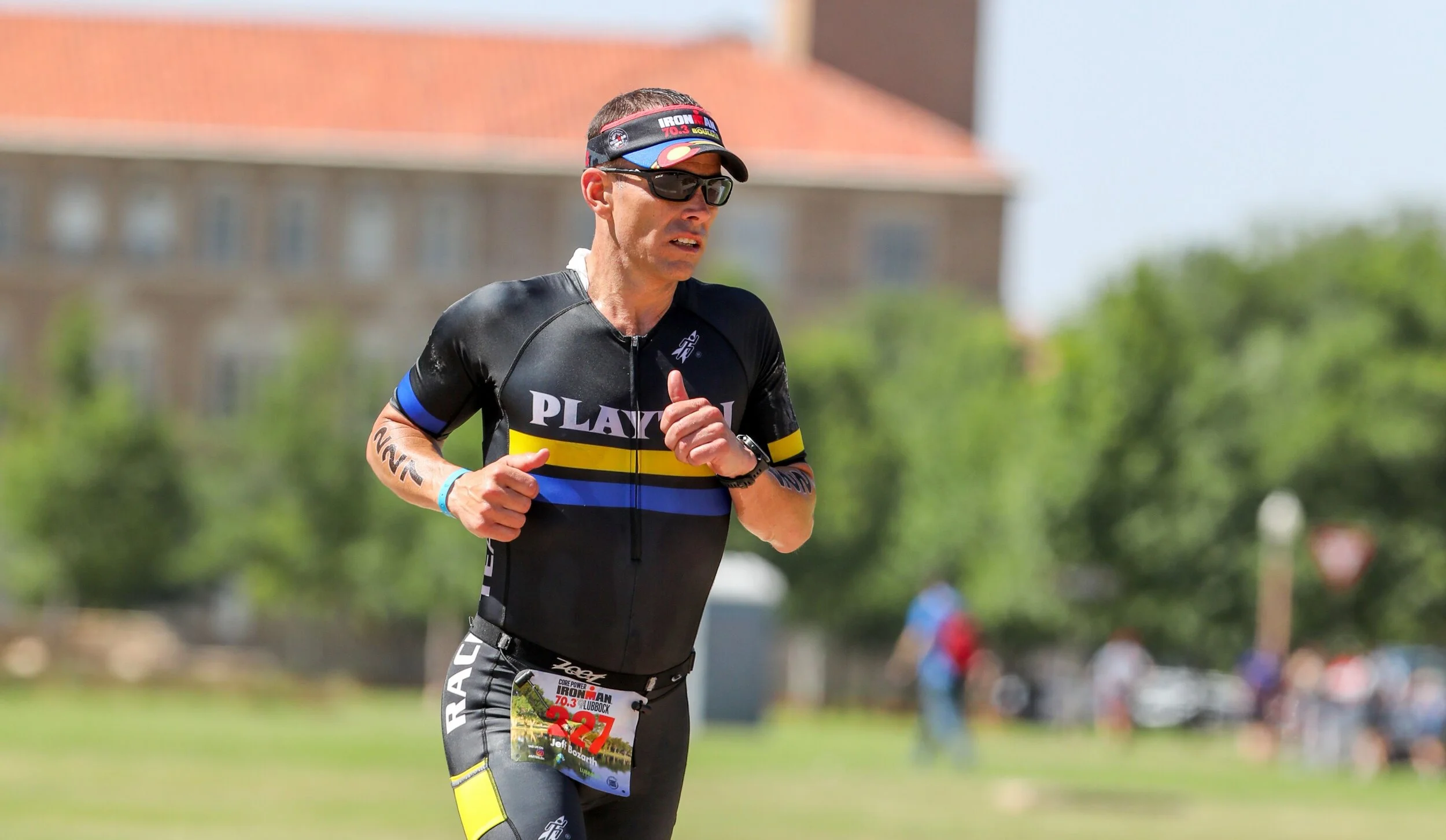Nutrition & Hydration can make or break your race day. Although we, the coaches at Playtri, are neither dieticians nor do we masquerade as them on social media, we have learned over the years that certain recommendations can be useful and beneficial for most endurance athletes. Of course, if you have exceptional circumstances such as health related issues, then we encourage you to connect with a registered dietician who has experience working with athletes and sports nutrition to help you plan your nutrition & hydration strategy.
Nutrition & hydration in triathlon is much like camping; the more extreme your camping or racing is, the more preparation and focus on execution needs to be at the forefront of your plan. Sprint distance races are a bit like RV camping, while Ironman distance races are a bit like wilderness camping in the desert or frozen tundra. You can get by with making mistakes when you go RV camping, but the mistakes come back and bite you in extreme camping situations.
However, triathletes often prepare for races a bit backwards; over-preparing for short course with gels and water bottles galore AND under-preparing for long course with little nutrition and hydration pre-planned for race day. Before we get into some general recommendations for short course and long course, please hear this: Use your training sessions to prepare for race day! You can’t wing it during training and expect things to go well on race day.
Generally speaking your body functions on a mix of carbohydrates, proteins, and fats. Our main fuel source for necessary bodily functions (like brain activity) and physical activity comes from carbohydrates and we have approximately 2 hours of carb fuel in our bodies at any given time. Thus it is important to plan your race day nutrition around carbohydrate consumption. (You can teach your body to utilize bodily fat for fuel, but that’s a topic for a different day and you still will want to take on some carbohydrates on race day.)
A general rule of thumb for women for nutrition is to consume approximately 100-200 calories per hour on any run 1.5 hours or longer and approximately 150-250 calories per hour any bike 2 hours or longer. Likewise, women should look to consume at least 1 bottle of a low calorie electrolyte drink per hour for any bike/run 1 hour or longer. Men: consume approximately 1 bottle of electrolyte drink per hour for any bike/run 1 hour or longer; approximately 150-350 calories per hour on any run 1.5 hours or longer and approximately 250-350 calories per hour on any ride 2 hours or longer. Variations in intensity, heat, humidity, and altitude will bring those numbers either up or down. It is good to start dialing in your nutrition at the lower end of the calorie range and adjust upward if needed. In addition, the longer your race/training the more calories you will need overall and the more solid you want your nutrition on the bike to be. We’re not talking meatball subs on the bike, but we do suggest that you go with some kind of nutrition bar or easily digestible solid like PBJ on white bread.
So if you are racing a triathlon and will be finishing in less than 2 hours you most likely won’t need any nutrition on race day. Plan on having a small bottle of electrolyte drink and a few gels available on the bike, and a gel or two available on the run.
If you are racing a triathlon and will be finishing in 2-4 hours you will need to plan a bit more. For the bike you can go with either gels or solid food or both and then stick to gels on the run, while making sure that you have a bottle of electrolyte drink per hour on the bike and hitting the aid stations on the run for water/electrolytes.
For triathlons in the 4-6 hour range you can go with a mix of gels and solids on the bike and then gels/chews for the run. Again plan on at least 1 bottle of electrolyte drink per hour on the bike and hitting the aid stations on the run.
And finally, any triathlon in the 6+ hour range go with mostly solids with some gels on the bike and gels/chews on the run with at least 1 bottle of electrolyte drink per hour on the bike and treating the aid stations like a buffet line.
Again, these are just general guidelines. Although we believe these general guidelines work for the vast majority of triathletes it certainly doesn’t hurt to work with a coach to help you plan your nutrition and hydration. And if you want a more specific nutrition and hydration plan, consider our performance testing options at Playtri Dallas (www.playtri.com/testing). A calorie expenditure test will help you know how many calories you expend at different heart rates, a sweat test will help you know how to hydrate to replace lost electrolytes, and a resting metabolic rate test will help provide you with a baseline for your daily nutrition planning.
Whichever way you go—experimenting with these recommendations, working with a coach, and/or getting performance testing—remember to get started now! Use your training to practice your nutrition & hydration strategy so that race day is an enjoyable, challenging experience.
Coach Jim Rowe is a Playtri Level 3 Coach, and also holds a USA Triathlon Level I Coaching Certification, a UESCA Triathlon Coaching Certification, and a TRX Coaching Certification. He is available for individual coaching, one-on-one sessions, and performance testing. He can be reached at jim.rowe@playtri.com.

